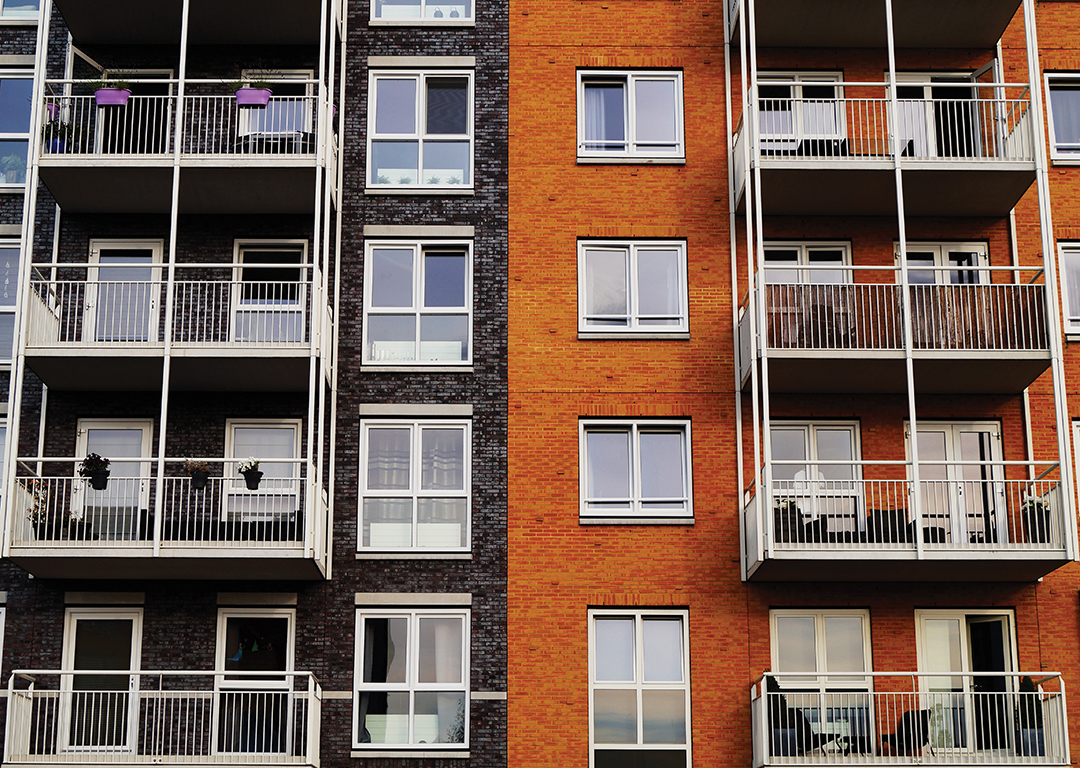MFS Creates Opportunities in the Midst of COVID-19 Pandemic
National distributor pivots quickly to stave off financial impact of coronavirus shutdowns. I’ve always been a very optimistic person. Optimistic people are also risk takers. We just see opportunities where others see issues. Upset customer? Let’s prove ourselves beyond belief. Slow moving product? Try a new market and see what we discover. There’s not much that will slow me down. I have to say, COVID-19 almost did. A national health
Read More












